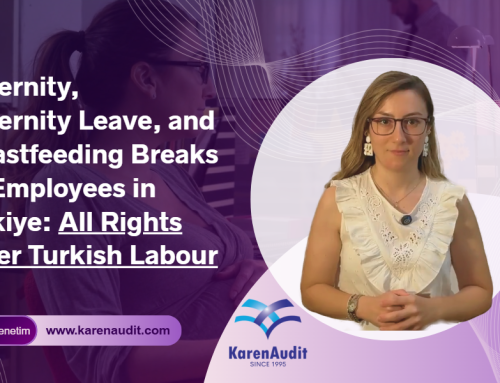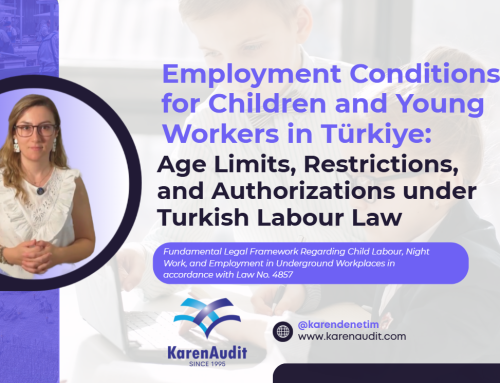01.06.2020
Cultural Employment, 2019 in Turkey

The 61.0% of the cultural employment was in the 30-54 age groupAccording to age groups, 61.0% of the people in cultural employment were in the 30-54 age group, 29.2% in the 15-29 age group and 9.7% in the 55 and over age group.Distribution of people in cultural employment by age groups (%), 2019

The 41.5% of people in cultural employment had education below high school
When analyzed according to the completed education level, 41.5% of the cultural employment was graduated from the schools lower than high school, 36.1% from tertiary education and 22.2% from high school and vocational high school. Compared to the previous year; the number of graduated from school lower than high school education decreased by 11.2% to 262 thousand people, the number of high school and equivalent vocational school graduates decreased by 3.4% to 140 thousand people and the number of higher education graduates increased by 9.6% to 228 thousand people.
People in cultural employment by educational status, 15+ age, 2014-2019

The 59.9% of the cultural employment was regular or casual employee
Looking at the prevalence of cultural employment, 59.9% was regular or casual employee and 40.1% worked as employer, self-employed or unpaid family worker. The 75.4% of the people in cultural employment were working full-time while 24.4% were working part-time. The weekly average normal working time of persons in cultural employment was 38.8 hours.
The share of handicraft workers was 39.6%
The 87.6% of the people in cultural employment had a cultural occupation while 12.4% of the people in cultural employment had non-cultural occupations. According to cultural occupation groups, the share of handicraft workers was 39.6%, the share of architects, planners and surveyors was 18.1% and the share of creative and performing artists was 9.2%.
Distrubition of cultural employment by cultural occupational group (%), 15+ age, 2019

The share architectural and specialised design activities was 11.6%
The 33.4% of the people in cultural employment had worked in cultural activities domain while 66.6% of the people in cultural employment had worked in non-cultural activities domain. According to cultural activities domain, the share of workers in architectural and specialised design activities was 11.6%, the share of creative arts, performing arts and entertainment workers was 6.3% and that of Programming, publishing and broadcasting activities was 4.0%.
Distribution of cultural employment by cultural activities domain (%), 15+ age, 2019

The next release on this subject will be on June 2021.
EXPLANATIONS
Cultural employment indicators began to be produced from the year 2014 for Turkey, taking into account Eurostat’s norms and standards and using the Household Labor Survey data, within the framework of the methodology recommended by the final report on “European Union Cultural Statistics”. In this release, it was aimed to measure the population working in cultural activities and occupations, determine its contribution to the total labor force and provide information on the cultural, economic and social conditions of the population working in the cultural occupations.
The final report on “European Union Cultural Statistics” described cultural employment according to occupation classification ISCO- 08 and economic activity classification NACE Rev.2. In this framework, all persons working in cultural and non-cultural occupations in the field of cultural activity and cultural occupations in the non-cultural activity were accepted as cultural employment.
Source: TurkStat
Legal Notice: The information in this article is intended for information purposes only. It is not intended for professional information purposes specific to a person or an institution. Every institution has different requirements because of its own circumstances even though they bear a resemblance to each other. Consequently, it is your interest to consult on an expert before taking a decision based on information stated in this article and putting into practice. Neither Karen Audit nor related person or institutions are not responsible for any damages or losses that might occur in consequence of the use of the information in this article by private or formal, real or legal person and institutions.






